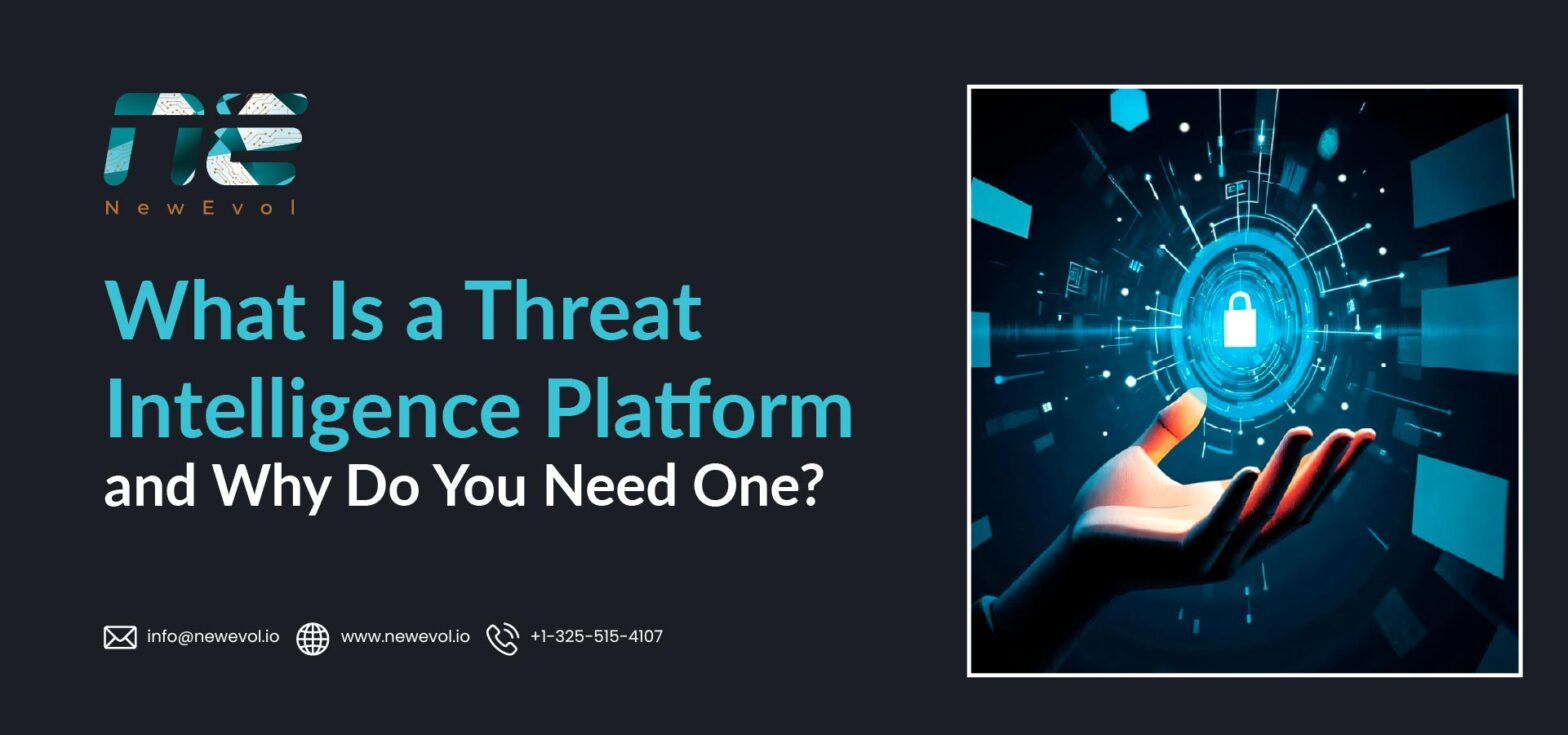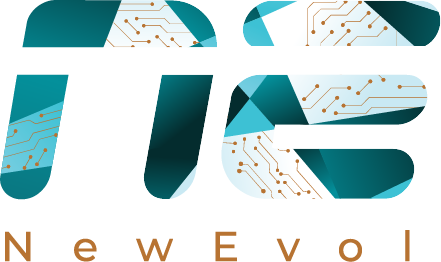What Is a Threat Intelligence Platform and Why Do You Need One?

Cyber threats in India are growing in both volume and sophistication, with organizations facing ransomware, phishing, and targeted attacks on critical infrastructure. Traditional security measures are often reactive, leaving gaps that attackers can exploit.
This is where a Threat Intelligence Platform (TIP) comes in. A TIP collects, analyzes, and shares actionable threat data, enabling organizations to anticipate attacks, respond faster, and strengthen their overall security posture. In today’s fast-evolving cyber landscape, TIPs are no longer optional—they are essential tools for proactive defense.
What Is a Threat Intelligence Platform (TIP)?
A Threat Intelligence Platform (TIP) is a centralized system designed to help organizations manage and act on threat data effectively. It collects information from multiple sources, analyzes it, and provides actionable insights to protect against cyber threats.
Key Functions of a TIP:
- Data Aggregation: Gathers threat information from internal systems (like logs and alerts) and external sources (such as open-source intelligence, commercial feeds, and government advisories).
- Data Normalization: Standardizes collected data to make it consistent and usable for analysis.
- Analysis and Correlation: Identifies patterns, trends, and relationships in the threat data to uncover potential risks.
- Sharing and Integration: Disseminates actionable intelligence across the organization and integrates with other security tools like SIEMs, firewalls, and endpoint protection systems.
India’s Threat Intelligence Market is set to grow from USD 3.97 billion in 2025 to USD 8.09 billion by 2031 at a 12.44% CAGR, driven by rising cyberattacks, rapid digitization, CERT-In mandates, and the demand for proactive detection and response.
Why Do You Need a TIP?
In today’s fast-paced cyber landscape, organizations in India face increasingly sophisticated threats. A Threat Intelligence Platform (TIP) offers several critical benefits:
- Proactive Threat Detection: TIPs help identify potential threats before they escalate into serious incidents, allowing organizations to stay ahead of attackers.
- Enhanced Decision-Making: By providing actionable insights, TIPs enable security teams to make informed decisions and prioritize responses effectively.
- Improved Incident Response: Automated alerts and intelligence-driven guidance help teams respond quickly and efficiently to security incidents.
- Regulatory Compliance: TIPs assist in meeting industry standards and government regulations by providing accurate reporting and documentation.
- Resource Optimization: With actionable threat intelligence, security teams can focus on the most critical threats, optimizing time and resources.
For Indian businesses, especially in sectors like finance, healthcare, and government, TIPs are essential for building a proactive, intelligent, and adaptive cybersecurity strategy.
The global Threat Intelligence Platform market, valued at USD 12.57 billion in 2024, is projected to reach USD 40.03 billion by 2032 at a 15.59% CAGR. Asia Pacific leads growth, driven by digital transformation and state-sponsored attacks, with India as a major contributor.
How TIPs Work
A Threat Intelligence Platform (TIP) functions by collecting, analyzing, and distributing threat information to help organizations defend against cyberattacks efficiently. Here’s a breakdown of how TIPs operate:
- Data Collection: TIPs gather information from both internal sources (like system logs, SIEM alerts, and endpoint data) and external feeds (open-source intelligence, commercial threat feeds, and government advisories).
- Data Processing: Collected data is normalized and enriched to ensure consistency, accuracy, and usability for analysis.
- Analysis: Advanced algorithms and correlation engines identify patterns, trends, and potential threats, highlighting risks that require attention.
- Actionable Intelligence: The platform generates actionable insights that can be integrated with existing security tools, enabling automated responses, informed decision-making, and faster threat mitigation.
By streamlining the collection and analysis of threat data, TIPs allow organizations to anticipate attacks, reduce response times, and improve overall cybersecurity posture.
Real-World Applications of TIPs
Threat Intelligence Platforms (TIPs) are widely used across industries to enhance cybersecurity and protect critical assets. Here are some examples relevant to Indian organizations:
- Financial Sector: Banks and fintech companies use TIPs to detect fraud, monitor suspicious transactions, and prevent financial crimes before they escalate.
- Healthcare Industry: Hospitals and medical providers rely on TIPs to secure patient data, protect connected medical devices, and prevent ransomware attacks.
- Government Agencies: TIPs help safeguard sensitive information, critical infrastructure, and public services from targeted cyberattacks.
- Enterprise Organizations: Large enterprises integrate TIPs with existing security frameworks to prioritize threats, automate responses, and strengthen overall security posture.
By leveraging TIPs, organizations can transform raw threat data into actionable intelligence, enabling proactive defense and faster mitigation of potential cyber threats.
Challenges and Considerations
While Threat Intelligence Platforms (TIPs) offer significant advantages, organizations must be aware of potential challenges when implementing them:
- Data Overload: TIPs collect vast amounts of threat data, which can be overwhelming without proper filtering and prioritization.
- Integration Issues: Ensuring seamless integration with existing security tools, like SIEMs, firewalls, and endpoint protection systems, can be complex.
- Skill Shortage: Analyzing and acting on threat intelligence requires skilled cybersecurity professionals, which may be limited in some organizations.
- Cost: Implementing and maintaining a TIP can be a significant investment, especially for small and medium-sized enterprises.
Addressing these challenges through proper planning, training, and resource allocation ensures that organizations can fully leverage TIPs to enhance their cybersecurity posture.
The Future of TIPs
Threat Intelligence Platforms (TIPs) are evolving rapidly, driven by advancements in technology and the growing complexity of cyber threats.
- AI and Machine Learning Integration: TIPs are increasingly leveraging AI to enhance threat detection, automate analysis, and provide predictive insights.
- Automation: Routine tasks, such as data collection, enrichment, and alerting, are being automated to improve efficiency and reduce response times.
- Collaboration: Future TIPs will enable organizations to share threat intelligence across sectors, creating a collective defense against cybercriminals.
- Cloud-Based Solutions: Cloud adoption provides scalability, flexibility, and easier integration, allowing organizations of all sizes to benefit from TIPs.
By embracing these innovations, Indian organizations can stay ahead of emerging threats, strengthen defenses, and build a proactive cybersecurity strategy.
Why Choose NewEvol for Threat Intelligence
NewEvol offers advanced Threat Intelligence Platform (TIP) solutions tailored for Indian organizations, helping them stay ahead of evolving cyber threats.
Key Advantages:
- Tailored Solutions: Customized TIPs designed to address industry-specific challenges in finance, healthcare, government, and enterprises.
- Local Expertise: Deep understanding of the Indian cybersecurity landscape, regulations, and threat environment.
- Comprehensive Support: End-to-end assistance from implementation to ongoing monitoring and management.
- AI-Driven Insights: Integration with AI and machine learning enhances threat detection, predictive analysis, and automated responses.
By partnering with NewEvol, organizations can transform raw threat data into actionable intelligence, streamline security operations, and proactively defend against cyberattacks.
Conclusion
For Indian businesses, where the frequency and sophistication of cyberattacks are rising, relying on manual processes or fragmented tools is simply not enough. A TIP provides centralized visibility, actionable intelligence, and automation that empower security teams to stay proactive rather than reactive.
NewEvol’s AI-powered Threat Intelligence Platform is designed with this exact need in mind. By combining advanced analytics, machine learning, and automated workflows, it helps organizations detect threats faster, minimize false positives, and make informed security decisions in real time.
If your business is looking to strengthen its defenses and stay one step ahead of attackers, adopting a robust TIP like NewEvol can make all the difference.
FAQs
1. What is the purpose of a Threat Intelligence Platform (TIP)?
A TIP helps collect, analyze, and manage threat data from multiple sources, giving security teams actionable insights to detect, prevent, and respond to cyberattacks faster.
2. What is threat intelligence and why is it important?
Threat intelligence is information about potential and active cyber threats. It’s important because it enables organizations to make informed decisions, improve defenses, and stay ahead of attackers.
3. What is a threat intelligence sharing platform?
It’s a system that allows organizations to share and receive threat data with peers, industry groups, or government bodies to collectively strengthen cybersecurity.
4. What is an intelligence platform?
An intelligence platform is a software solution that processes and analyzes large volumes of data to provide meaningful insights—in cybersecurity, this means identifying risks, vulnerabilities, and active threats.

